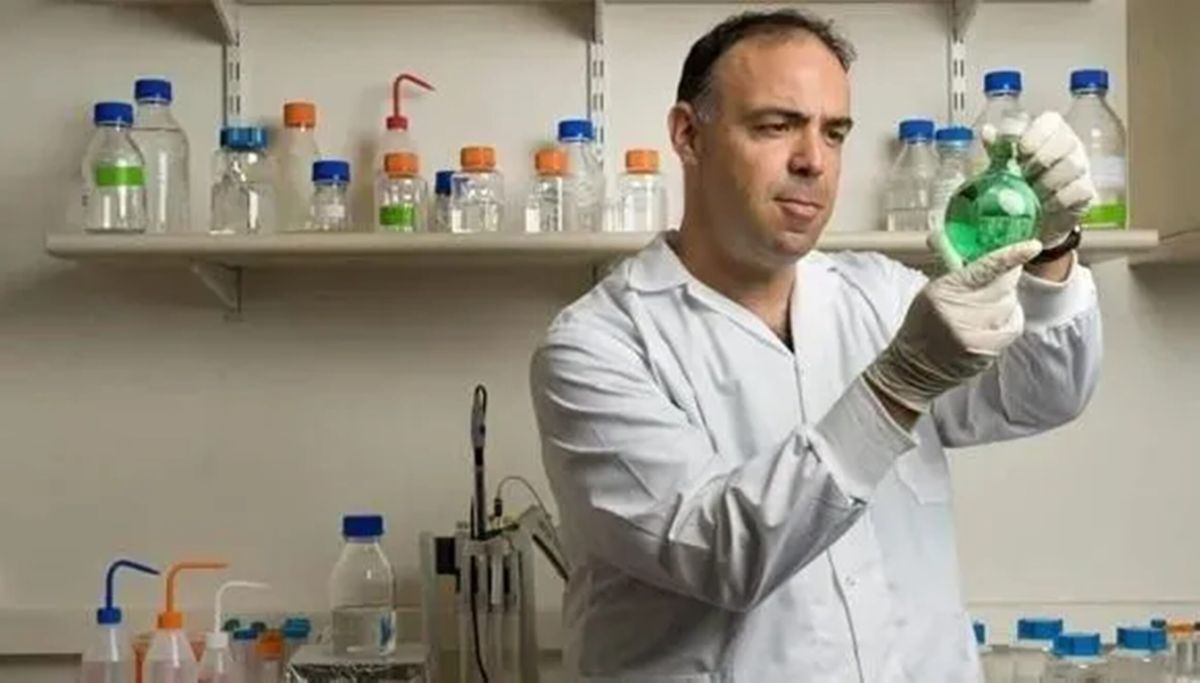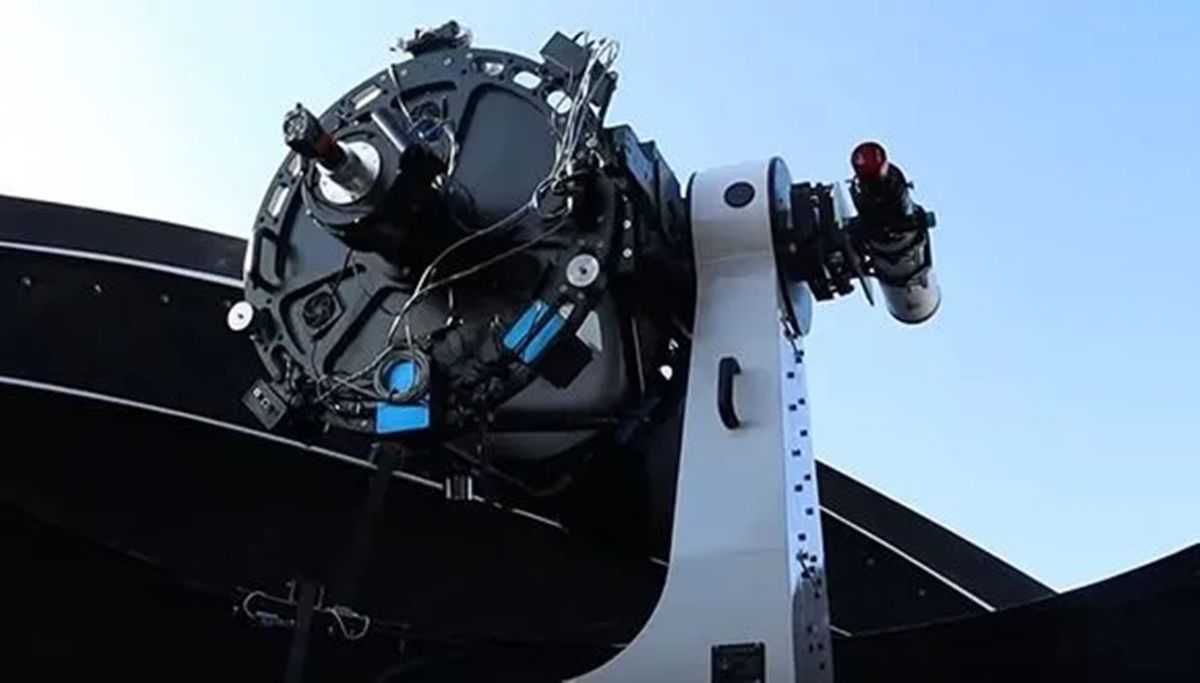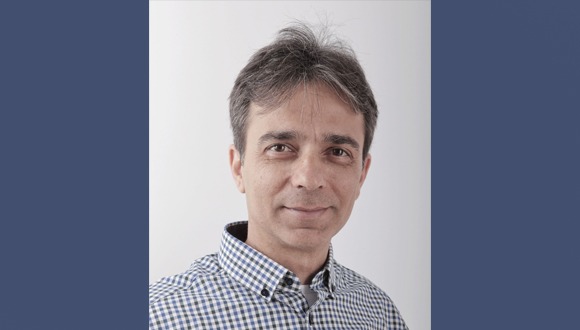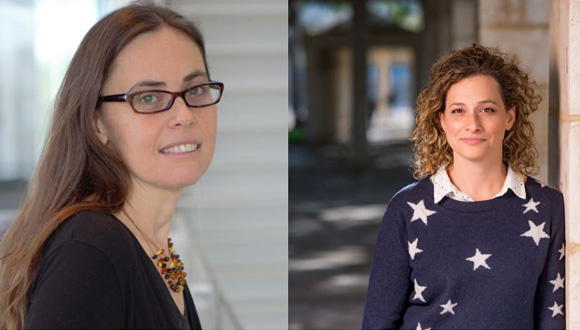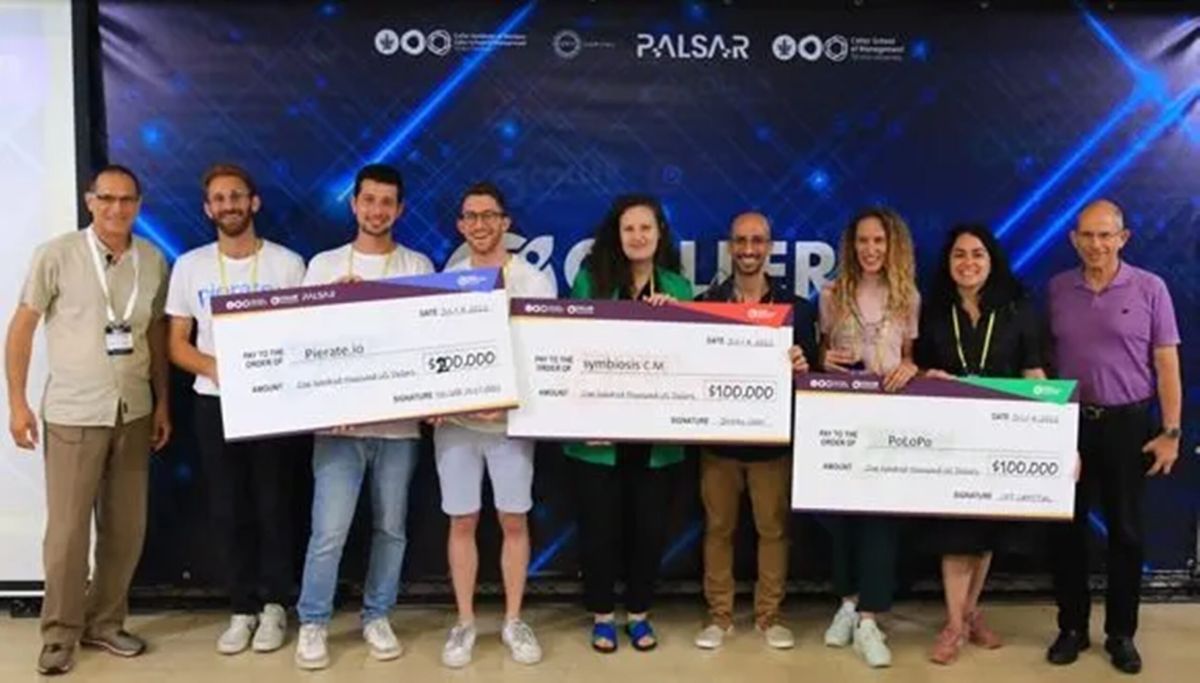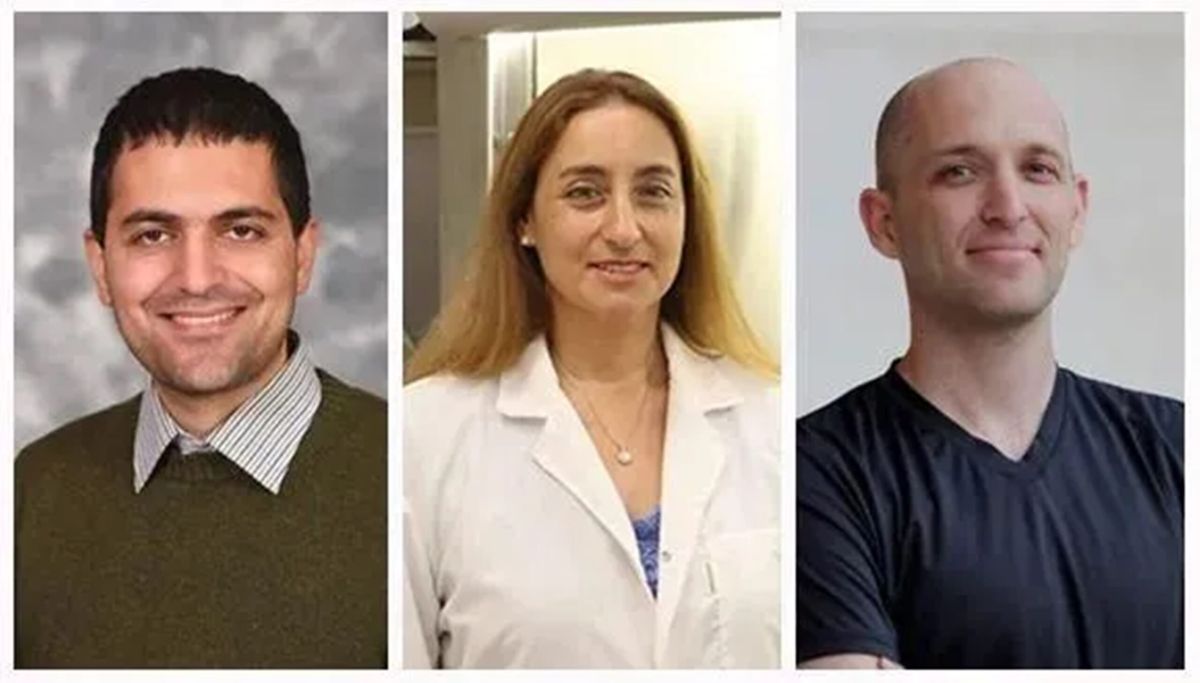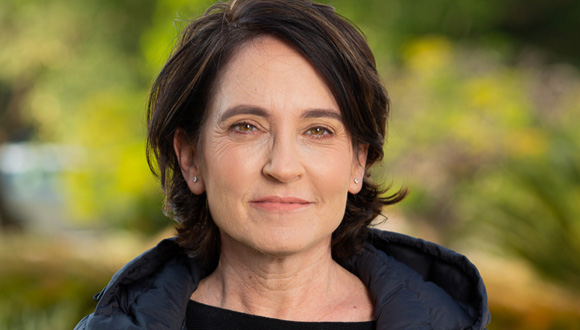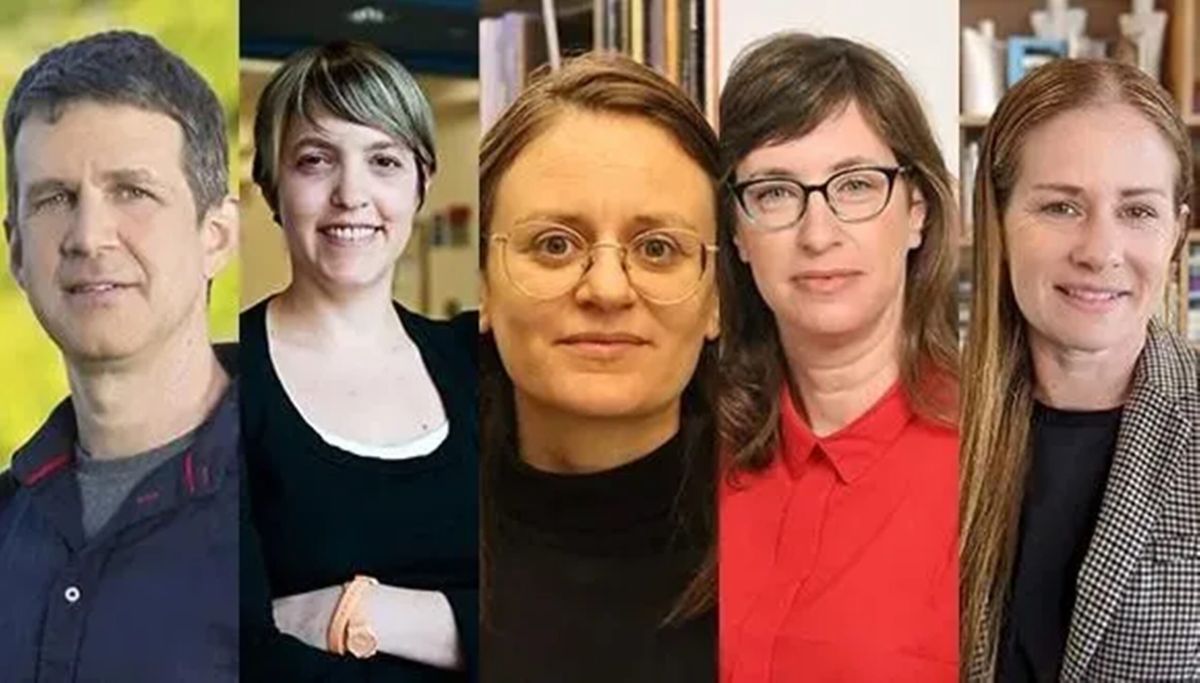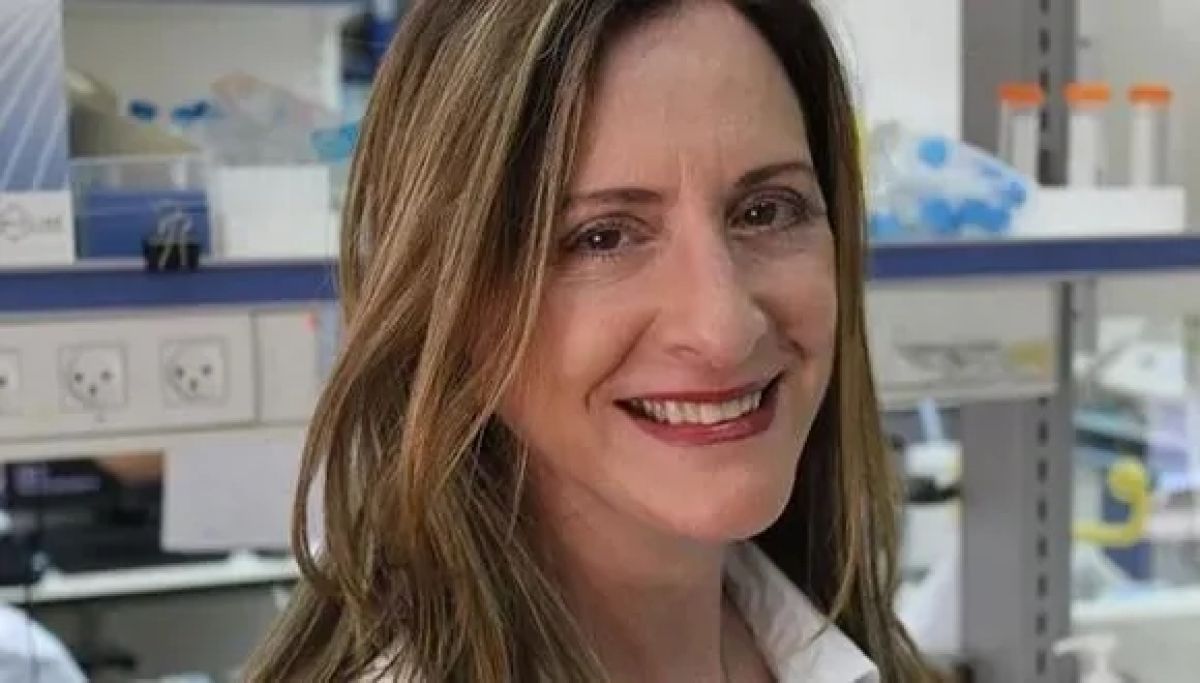A new study from Tel Aviv University’s School of Zoology tested the impact of prolonged low-intensity light pollution on two species of desert rodents: the diurnal golden spiny mouse, and the nocturnal common spiny mouse. The findings were highly disturbing: on two different occasions, entire colonies exposed to ALAN (Artificial Light At Night) died within days, and reproduction also decreased significantly compared to control groups. According to the researchers, the results show clearly for the first time that light pollution can be extremely harmful to these species, and suggest they may be harmful to ecosystems, biodiversity, and even human health.
“According to latest studies, about 80% of the world’s human population is exposed to ALAN, and the area affected by light pollution grows annually by 2-6%. In a small and overcrowded state like Israel, very few places remain free of light pollution.” Hagar Vardi-Naim
Humans Changed the Rules
The study was led by Prof. Noga Kronfeld-Schor, Chief Scientist of Israel’s Ministry of Environmental Protection, and PhD student Hagar Vardi-Naim, both from TAU’s School of Zoology and the Steinhardt Museum of Natural History. The paper was published in Scientific Reports.
“We have been studying these closely related rodent species for years. They both live in Israel’s rocky deserts: the golden spiny mouse (Acomys russatus) is diurnal [active during the day], and the common spiny mouse (A. cahirinus) in nocturnal [active during the night],” explains Prof. Kronfeld-Schor. “The two species share the same natural habitat but use it at different times to avoid competition. By comparing closely related species that differ in activity times, we gain new insights into the biological clock and its importance to the health of both animals and humans.”
Hagar Vardi-Naim notes that, “in most species studied to date, including humans, the biological clock is synchronized by light. This mechanism evolved over millions of years in response to the daily and annual cycles of sunlight – day and night and their varying lengths that correspond to the change of seasons. Different species developed activity patterns that correspond to these changes in light intensity and daylength and developed anatomical, physiological and behavioral adaptations suitable for day or night activity and seasonality.”
“However, over the last decades, humans have changed the rules by inventing and extensively using artificial light, which generates light pollution. According to latest studies, about 80% of the world’s human population is exposed to ALAN, and the area affected by light pollution grows annually by 2-6%. In a small and overcrowded state like Israel, very few places remain free of light pollution. In our study, we closely monitored the long-term effects of ALAN on individuals and populations under semi-natural conditions.”
“We had seen no preliminary signs (…) We assume that exposure to ALAN had impaired the animals’ immune response, leaving them with no protection against some unidentified pathogen [organism causing disease to its host].” Prof. Noga Kronfeld-Schor

Prof. Noga Kronfeld-Schor
Dramatic Turn of Events
In the study, the researchers placed 96 spiny mice, males and females in equal numbers, in eight spacious outdoor enclosures at TAU’s Zoological Research Garden. The enclosures simulated living conditions in the wild: all animals were exposed to natural environmental conditions, including the natural light/dark cycle, ambient temperatures, humidity, and precipitation. Each enclosure contained shelters, nesting materials and access to sufficient amounts of food. The experimental enclosures were exposed to low-intensity ALAN (like a streetlamp in urban areas) of different wavelengths (colors) for 10 months: two enclosures were exposed to cold white light, two to warm white (yellowish) light, and two to blue light, while two of the enclosures remained dark at night and served as controls. All animals were marked to enable accurate monitoring of changes in behavior and physical condition. The experiment was conducted twice in two successive years.
“The average life expectancy of spiny mice is 4-5 years, and our original plan was to monitor the effects of ALAN on the same colonies, measuring the effects on reproductive output, wellbeing and longevity,” says Prof. Kronfeld-Schor. “But the dramatic results thwarted our plans: on two unrelated occasions, in two different enclosures exposed to white light, all animals died within several days. We had seen no preliminary signs, and autopsies at TAU’s Faculty of Medicine and the Kimron Veterinary Institute in Beit Dagan revealed no abnormal findings in the dead spiny mice. We assume that exposure to ALAN had impaired the animals’ immune response, leaving them with no protection against some unidentified pathogen. No abnormal mortality was recorded in any of the other enclosures, and as far as we are aware, no similar event has ever been documented by researchers before.”
“Our findings show that light pollution, especially cold white and blue light, increases mortality and disrupts reproduction, and thus may be detrimental to the fitness and survival of species in the wild. This adverse effect can have far-reaching consequences at the current wide distribution of light pollution.” Prof. Noga Kronfeld-Schor
Disrupted Reproduction
Other findings also indicated that exposure to ALAN disrupts the reproductive success of spiny mice: “In the wild both species of spiny mice breed mainly during summer, when temperatures are high, and the newborn pups are most likely to survive,” shares Hagar Vardi-Naim. “Artificial light, however, seemed to confuse the animals. The common spiny mice began to breed year-round but produced a lower number of pups per year. Pups born during winter are not expected to survive in nature, which would further reduce the species’ reproductive success in the wild.”
“The reproduction of golden spiny mice was affected in a different way: colonies exposed to ALAN continued to breed in the summer, but the number of young was reduced by half compared to the control group, which continued to thrive and breed normally. These findings are in accordance with the fact that in seasonal long day breeders the cue for reproduction is day length.”
Additional tests revealed that exposure to ALAN caused physiological and hormonal changes – most significantly in the level of cortisol, an important stress hormone involved in the regulation and operation of many physiological pathways, including the regulation of the immune system. Lab tests indicated that exposure to blue light increased cortisol levels of golden spiny mice, while white light reduced cortisol levels of golden spiny mice males in winter.
“Our findings show that light pollution, especially cold white and blue light, increases mortality and disrupts reproduction, and thus may be detrimental to the fitness and survival of species in the wild. This adverse effect can have far-reaching consequences at the current wide distribution of light pollution. Our clear results are an important step toward understanding the impact of light pollution on biodiversity and will help us promote science-based policies, specifically with regard to the use of artificial light in both built and open areas. In future studies we plan to investigate what caused the extensive deaths in the enclosures exposed to ALAN, focusing on the effect of light pollution exposure on the immune system,” concludes Prof. Kronfeld Schor.

